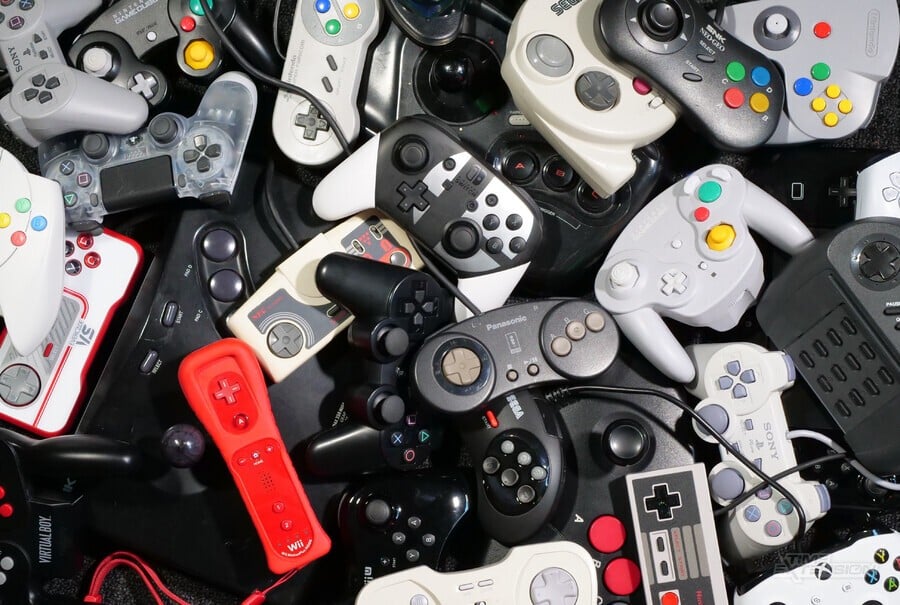
If you've used a controller in the past few decades, you'll be familiar with the tried-and-true A, B, X, and Y button setup.
This arrangement has been used on the SNES, Dreamcast, Xbox, and Steam Deck and is considered by pretty much everyone to be the de facto standard for action button input (Sony is the exception, and has used symbols rather than letters for all of its consoles).
Have you ever wondered exactly why the buttons are labelled A, B, X, and Y, and not A, B, C, and D? After all, the Sega Genesis pad has A, B, and C buttons, and SNK went one better with its Neo Geo controller and used A, B, C, and D – so why isn't that the norm today?
Well, as is the case with many things in the industry, this can be traced back to Nintendo.
In a letter to Nintendo Power in 1993, spotted by Sasha's Retrobytes, reader Kyle Milner popped that precise question:
So there you have it. We have CAD to thank for this configuration!
(Interestingly, as noted by Time Extension reader Saki-Endo, the Super Famicom prototype controller used the A, B, C and D layout.)
Nintendo's approach is what started the trend, so much so that even Sega adopted the X, Y & Z approach when adding three additional buttons to its Genesis pad (it would use the same A, B, C, X, Y & Z arrangement on Saturn, too, only reverting to A, B, X & Y on Saturn).
Now, can someone explain why the letters are reversed on Xbox controllers? That would be great.
